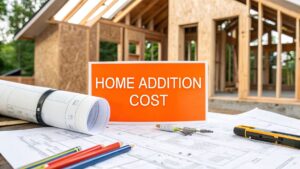
Water damage can stem from various sources, including plumbing leaks, roof leaks, and natural disasters. Understanding these causes is crucial for homeowners to take preventive measures and minimize potential damage.
For instance, regular maintenance checks on plumbing systems and roofs can help identify vulnerabilities early. Additionally, investing in sump pumps and waterproofing basements can significantly reduce the risk of water damage in homes located in flood-prone areas.
Mold remediation is essential for maintaining a healthy home environment, especially in areas prone to moisture. Proper steps must be taken to effectively remove mold and prevent its recurrence.
This process typically involves identifying the source of moisture, containing the affected area, and using specialized equipment to clean and remove mold. Homeowners should also consider using dehumidifiers and ensuring proper ventilation to inhibit mold growth in the future.
Fire damage restoration can be a complex process that requires professional intervention. Understanding what to expect can help homeowners navigate this challenging experience with greater ease.
The restoration process usually includes assessing the extent of the damage, cleaning soot and smoke residues, and repairing structural damage. Homeowners should also be aware of the importance of deodorization and air purification to eliminate lingering odors and ensure a safe living environment.
Being prepared for emergencies is vital for homeowners, especially in regions prone to natural disasters. Developing a comprehensive emergency plan can significantly enhance safety and recovery efforts.
This plan should include creating an emergency kit, establishing communication protocols, and identifying evacuation routes. Regularly reviewing and updating this plan, along with conducting drills, can ensure that all family members are ready to respond effectively in case of an emergency.